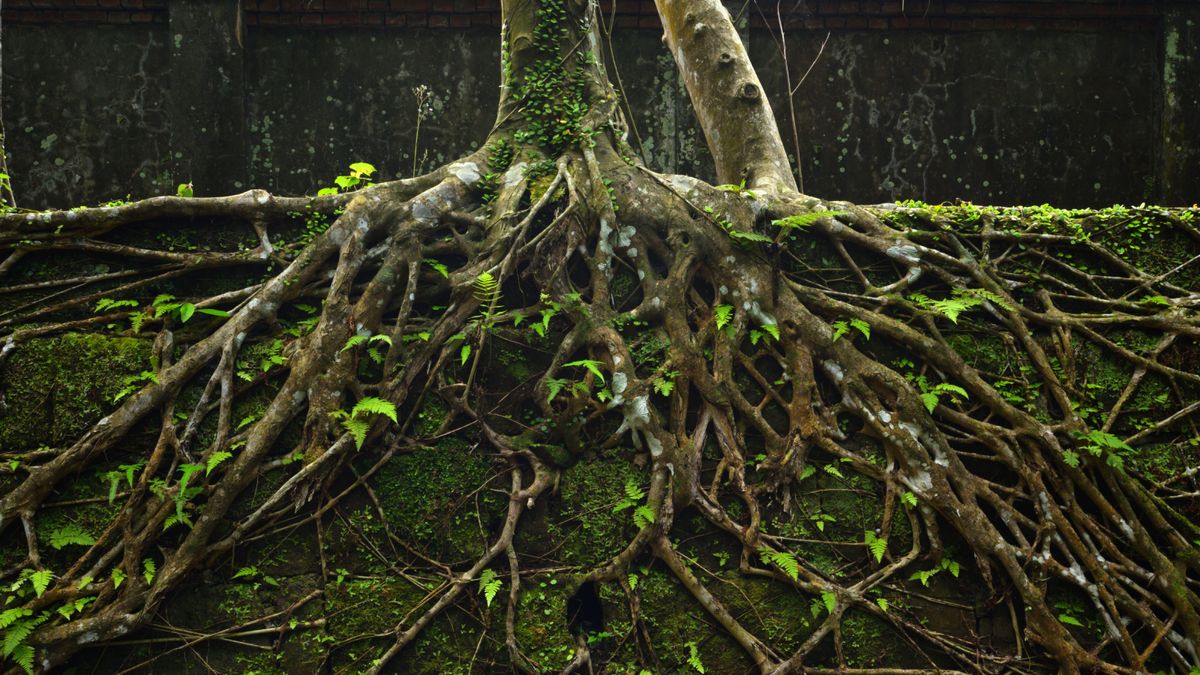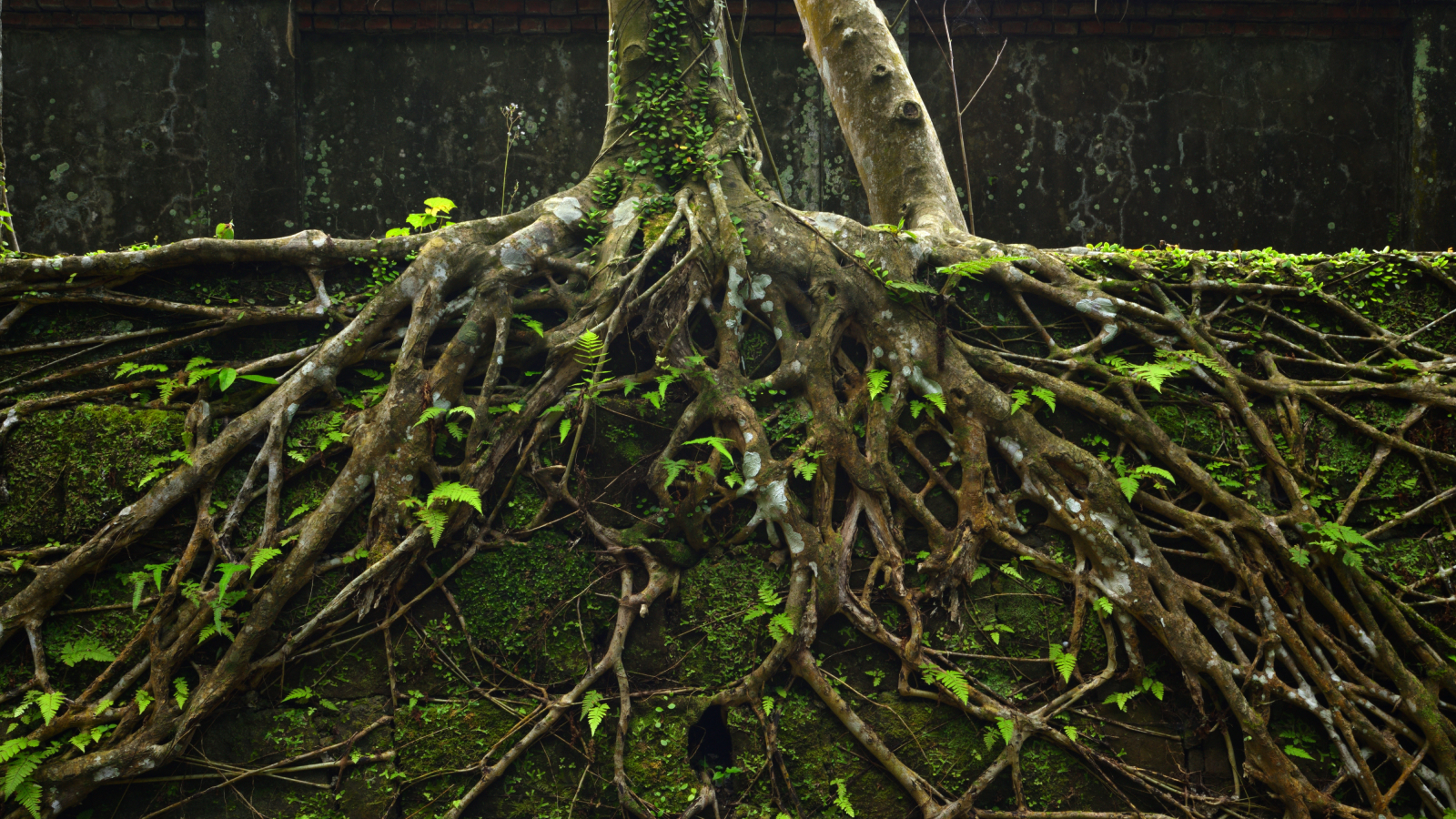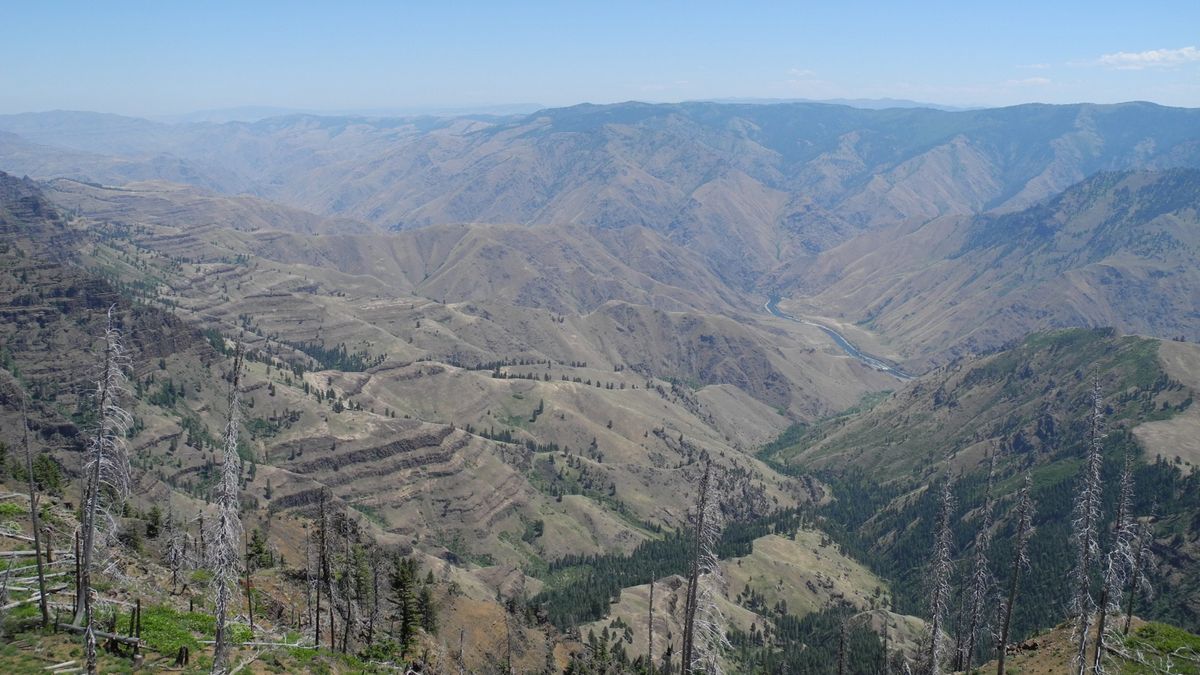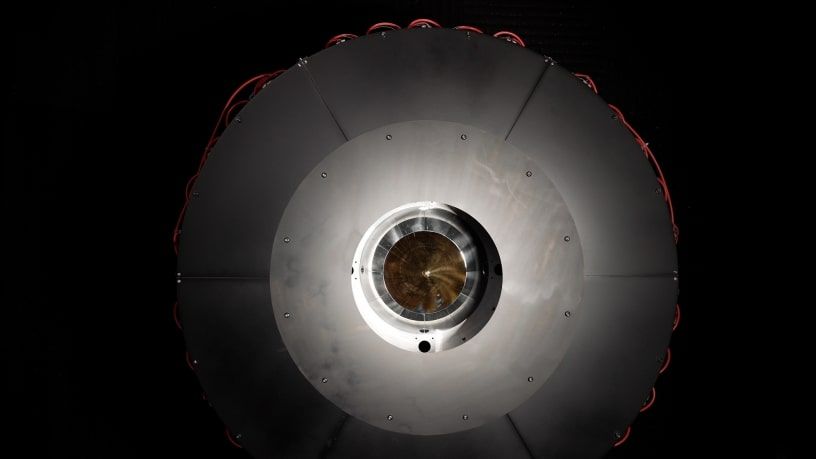Our understanding of plant and tree roots may have been somewhat shallow. New research reveals many plants have a hidden second set of roots that extend far deeper into the soil.
According to a new study published June 17 in the journal Nature Communications, this second layer of roots extend over 3 feet (1 meter) down and enable the plant to access deeper soil nutrients.
The findings suggest plants might transport and store carbon deeper in the ground than expected, which could help scientists develop longer-term underground carbon storage to mitigate climate change impacts.
To analyze these deeper rooting systems on a large scale, the researchers used a database of soil samples collected from more than 6 feet (1.8 m) below the surface. From this, they detected root patterns and soil composition from 44 sites. These sites were from a range of climate zones and ecosystems across the globe, from the Alaskan tundra to rainforests in Puerto Rico.
The findings showed about 20% of the sites around the world had roots that peaked in mass twice along their depth, meaning these plants had a second, deeper system of roots — a phenomenon the researchers call “bimodality.”
“We were very surprised by how frequently we find bimodal patterns,” study lead author Mingzhen Lu, an ecologist at New York University, told Live Science in an email. For a long time scientists assumed plants had fewer and fewer roots as they went deeper into the ground, Lu said.
The second layer of roots typically reached soils rich in nutrients like nitrogen, enabling plants to tap into these deep-soil resources. Plants get most of their resources from surface soil, for example through rainfall or leaves falling on the ground, Lu said. But a deeper, secondary way to tap into nutrients could boost the resources available to plants if they’re not sufficient at the surface.
As only 1 in 5 plants had these roots, this could indicate an opportunistic response given particular conditions, like drier or more unreliable water in surface soil. “It is more of a choice,” Lu explained. “Given enough motivation… plants will explore deeper and make use of these deep resources.”
Soil scientists need to look deeper to understand what’s actually happening underground, the researchers said. “Sampling 10 centimeters [4 inches] deep, or 30 centimeters [12 inches], simply won’t cut it,” Lu said. “We just miss too much of what’s actually going on in the soil.”
The idea that plants have deeper roots is not new, Alain Pierret, a soil scientist at the French National Research Institute for Sustainable Development who was not involved with the new study, told Live Science in an email. The traditional theory of diminishing roots deeper into the ground has previously been questioned, and the deep rooting phenomenon has been studied, but not in sufficient detail, Pierret added.
“What is new and remarkable is the dedicated network of field stations used to observe relatively deep root profiles across a range of biomes,” Pierret said. He added that more work is needed to fully understand what’s going on in these deep rooting systems, and that the deep root systems are probably not only bimodal but likely multi-modal, with even more roots deeper into the ground below the depth the new study focused on.
The findings also mean scientists may have underestimated the potential for carbon storage in soil, according to the researchers. Soil can hold more carbon than the atmosphere, so some climate mitigation measures focus on crops that take in carbon from the air and store it in roots and soil.
“Our current terrestrial carbon budget [is] most likely incorrect, with potentially significant implications for climate change mitigation strategies and policies,” Pierret said.The research team is now investigating what these findings mean for carbon storage. “The good news is plants may already be naturally mitigating climate change more actively than we’ve realized,” Lu said in a statement. “We just need to dig deeper to fully understand their potential.”






















